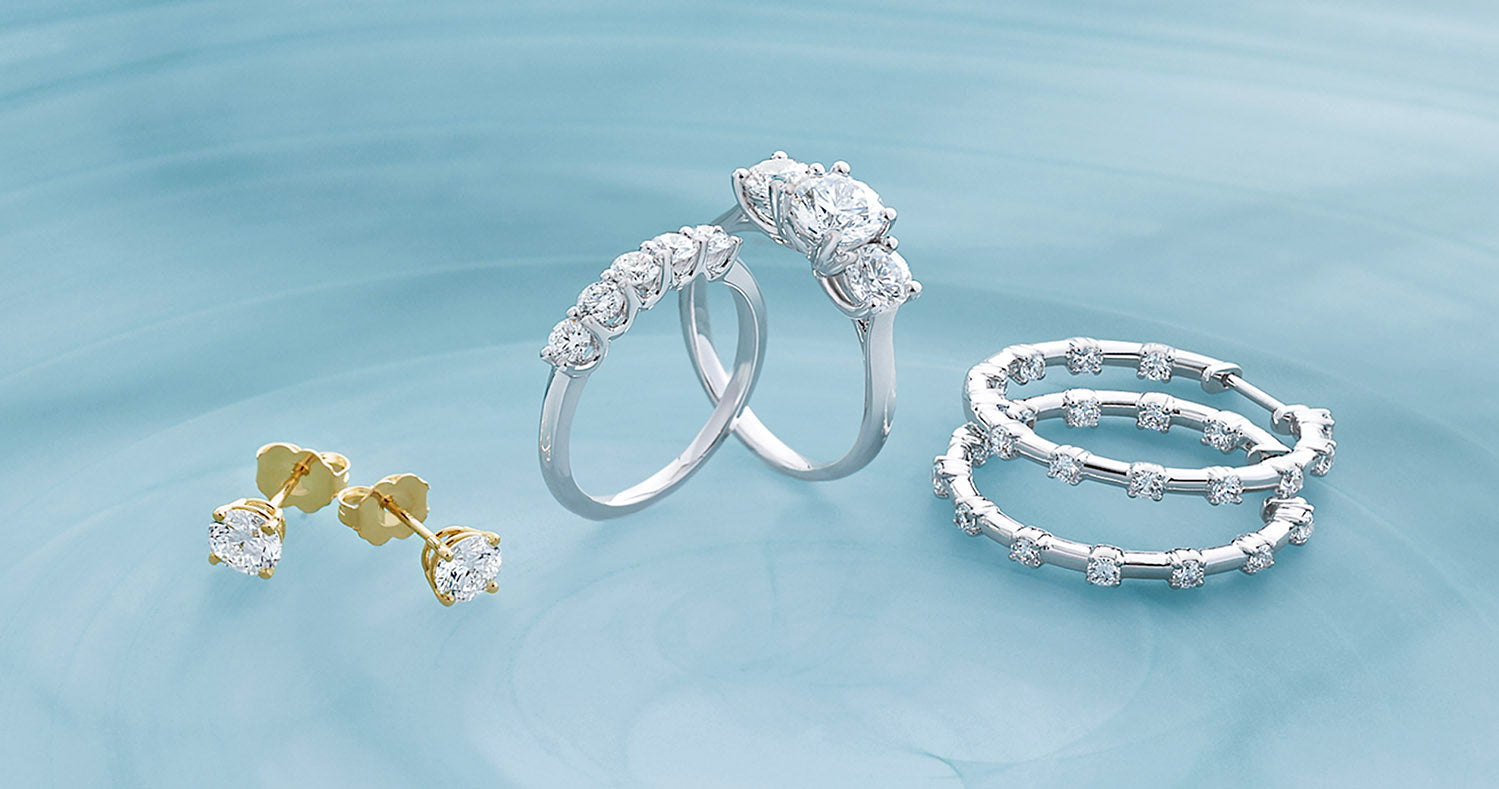Introduction to Lab-Grown Diamonds
In recent years, there’s been a buzz around lab-grown diamonds, and rightfully so. But what exactly are they? Lab-grown diamonds, also known as synthetic or cultured diamonds, are diamonds created in controlled laboratory environments rather than being mined from the earth. The idea of creating diamonds artificially isn’t new, but advancements in technology have made it more viable and accessible in recent decades.
Advantages of Forever Lab-Grown Diamonds
Ethical Considerations
One of the most significant advantages of lab-grown diamonds is their ethical sourcing. Traditional diamond mining often involves exploitative labor practices and environmental damage. With lab-grown diamonds, there’s no mining involved, eliminating concerns about unethical labor practices or funding conflict.
Environmental Impact
Furthermore, the environmental impact of forever lab grown diamonds is substantially lower compared to mined diamonds. Diamond mining can lead to deforestation, soil erosion, and habitat destruction. Lab-grown diamonds require significantly fewer resources and produce less waste, making them a more sustainable choice for environmentally conscious consumers.
Affordability
Another compelling reason to opt for lab-grown diamonds is their affordability. While natural diamonds are subject to the laws of supply and demand, which can drive prices up, lab-grown diamonds offer a more consistent pricing structure. This makes them more accessible to a broader range of consumers without compromising on quality.
Quality and Durability
When it comes to quality and durability, lab-grown diamonds are on par with their natural counterparts. In fact, in many cases, lab-grown diamonds exhibit higher clarity and purity due to the controlled conditions in which they’re created. Additionally, lab-grown diamonds undergo the same certification standards as natural diamonds, ensuring their quality and authenticity.
Popular Uses of Lab-Grown Diamonds
Jewelry
Lab-grown diamonds are increasingly becoming a popular choice for jewelry, including engagement rings, earrings, and necklaces. With their ethical and environmental benefits, they appeal to consumers who want to make socially responsible purchasing decisions without compromising on style or quality.
Industrial Applications
Beyond jewelry, lab-grown diamonds have a wide range of industrial applications. Their hardness and durability make them ideal for cutting tools, abrasives, and even electronic components. As technology continues to advance, the demand for lab-grown diamonds in various industries is expected to grow.
Forever Lab-Grown Diamonds vs. Natural Diamonds
Physical Properties
In terms of physical properties, man made diamonds are virtually identical to natural diamonds. They have the same chemical composition, crystal structure, and optical properties, making them indistinguishable to the naked eye.
Pricing
While lab-grown diamonds are typically more affordable than natural diamonds, their prices can vary depending on factors such as size, quality, and cut. However, on average, lab-grown diamonds are priced at about 20-40% less than their natural counterparts, making them a cost-effective alternative for budget-conscious consumers.
How Are Lab-Grown Diamonds Made?
Lab-grown diamonds are created using two primary methods: the high-pressure, high-temperature (HPHT) method and the chemical vapor deposition (CVD) method.
High-Pressure, High-Temperature Method
In the HPHT method, a small diamond seed is placed in a high-pressure, high-temperature environment where carbon atoms are added to its structure, causing it to grow layer by layer over time.
Chemical Vapor Deposition Method
Alternatively, the CVD method involves introducing a gas mixture containing carbon into a vacuum chamber where it is heated, causing the carbon atoms to deposit onto a substrate, forming a diamond crystal over time.
The Future of Lab-Grown Diamonds
With ongoing technological advancements and increasing consumer demand for ethical and sustainable products, the future of lab-grown diamonds looks promising. Market projections indicate significant growth in the lab-grown diamond industry, with more consumers opting for these sustainable alternatives.

